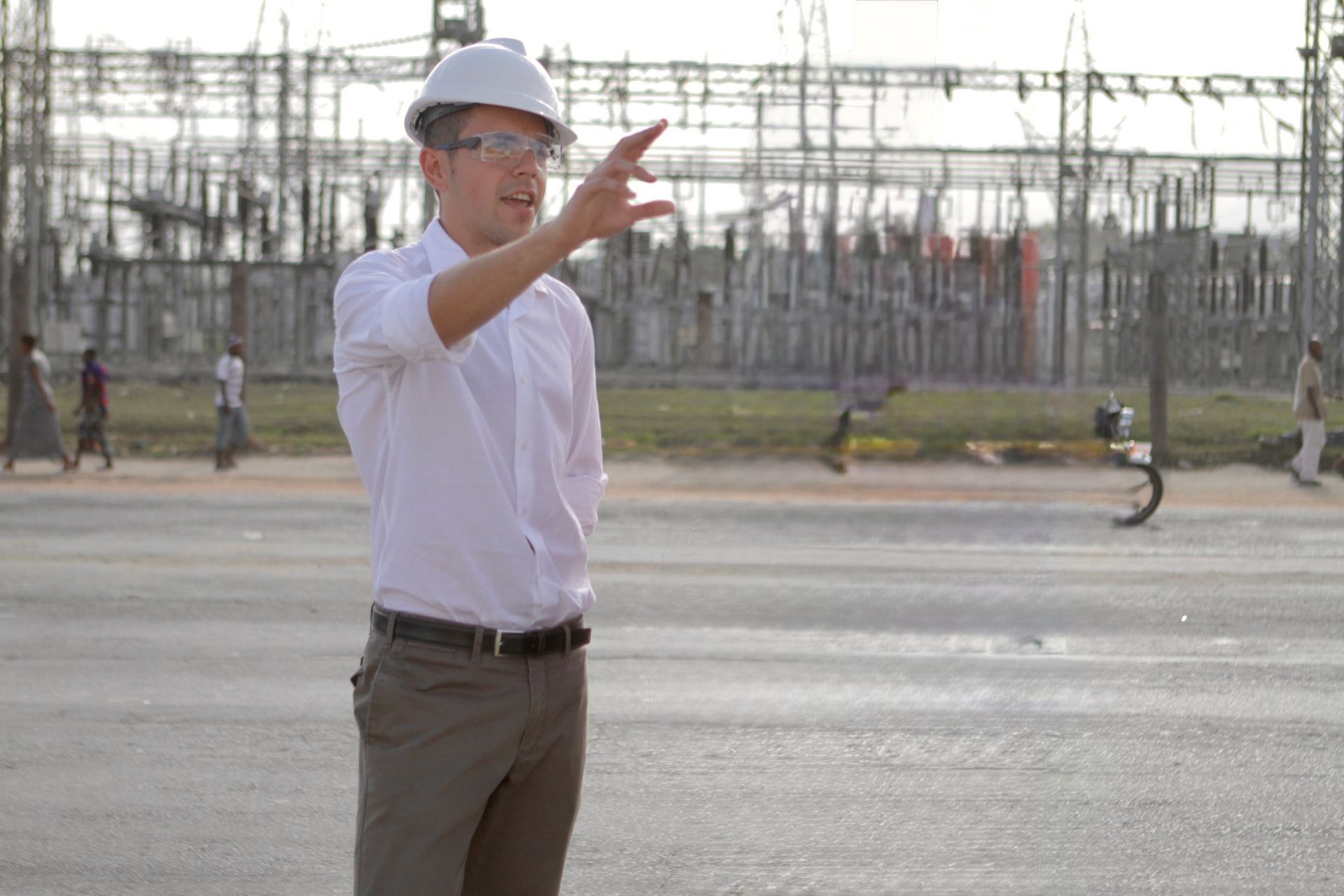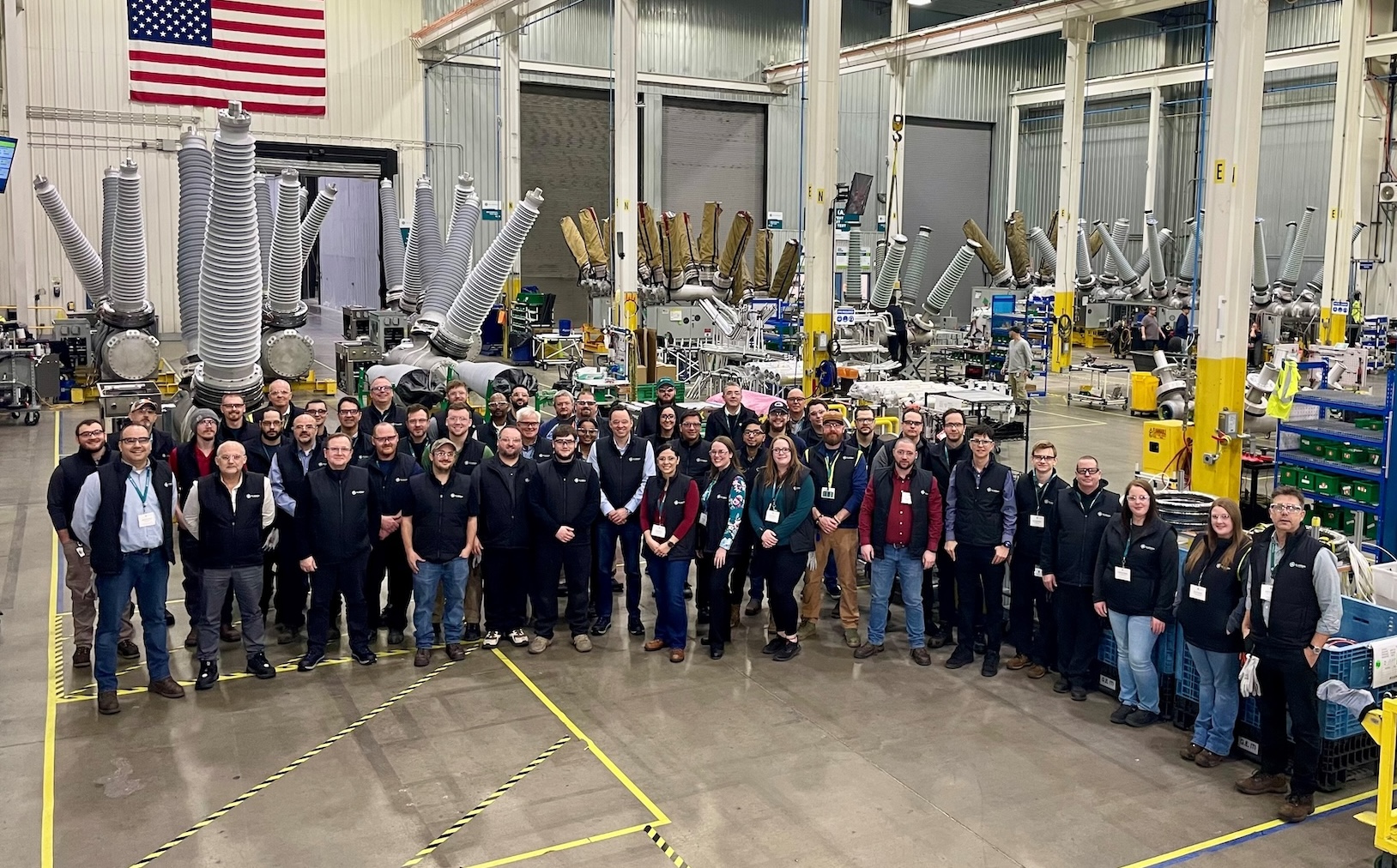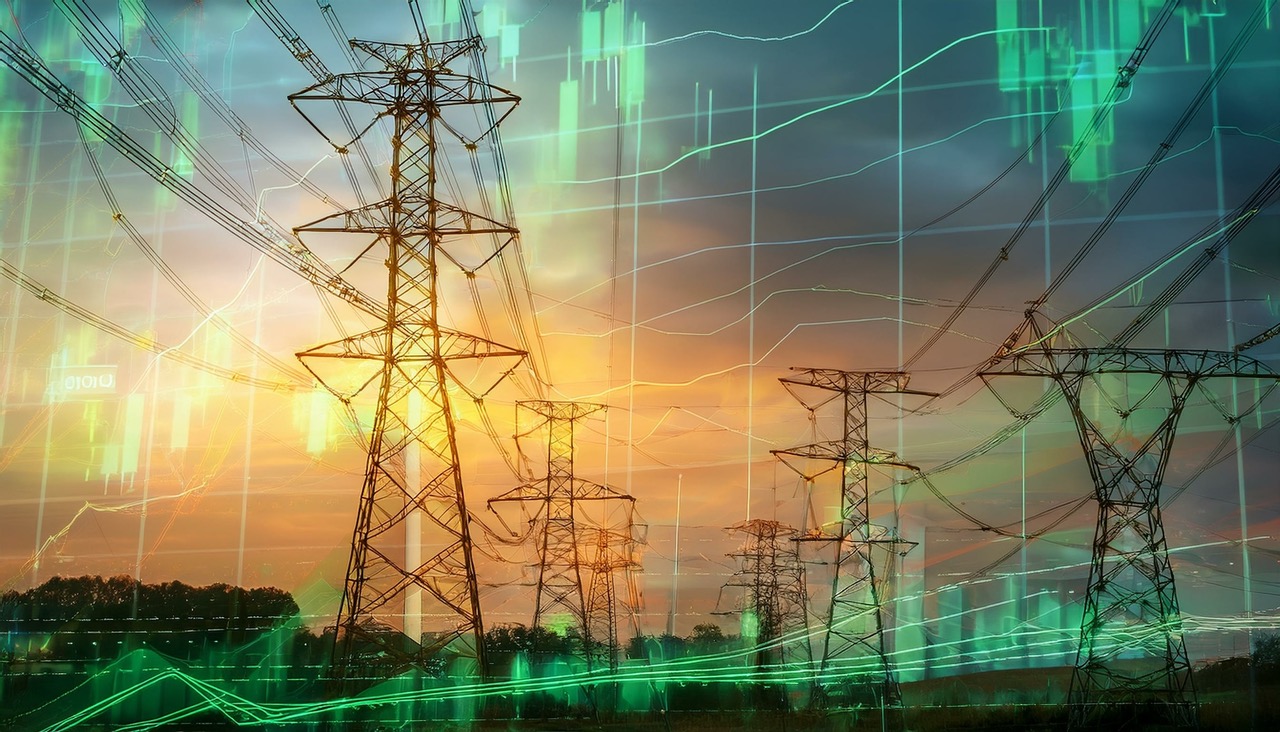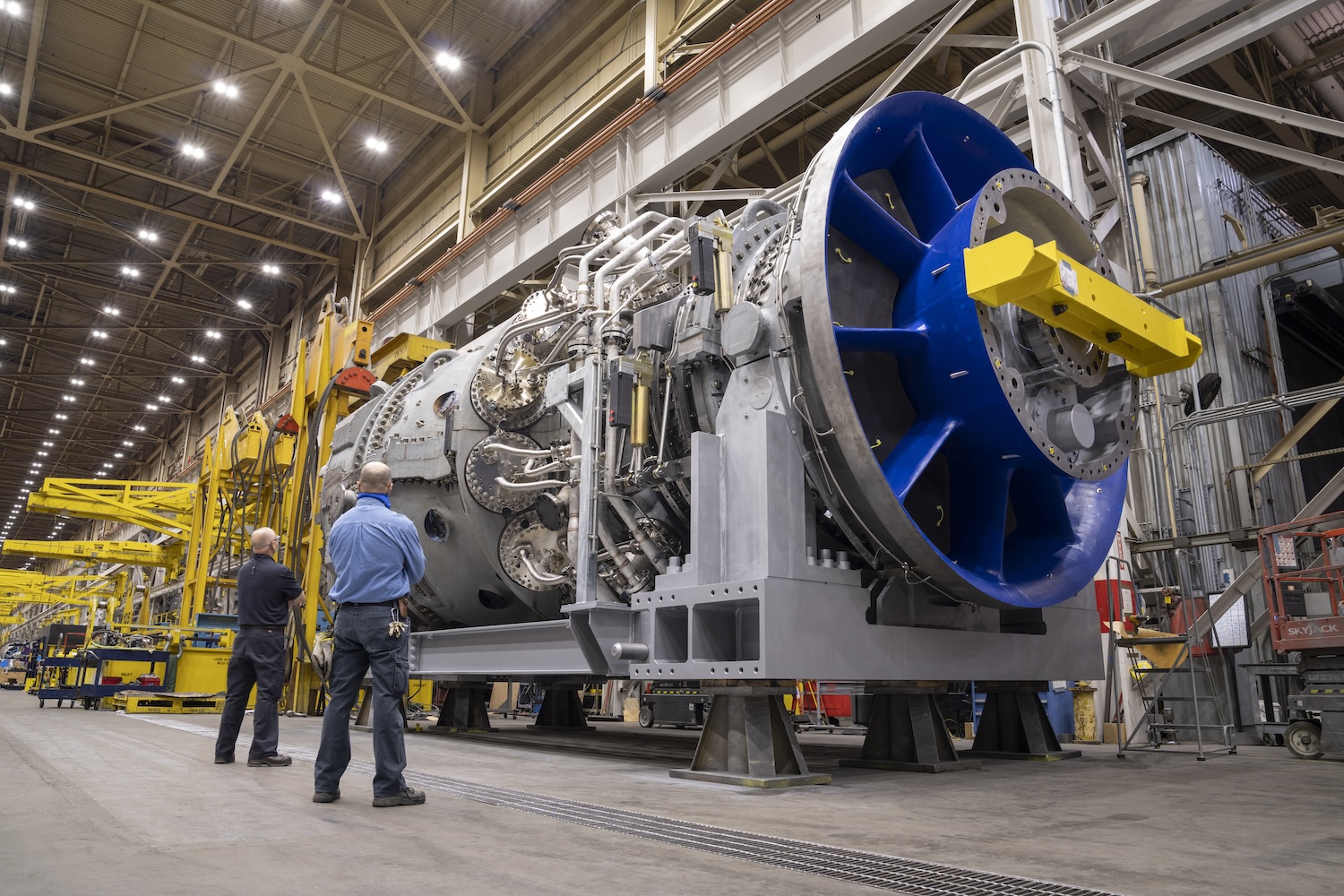-
At the core of the plant, two US-manufactured 7HA.03 gas turbines will make the Monroe County facility one of the most efficient natural gas plants in the state
Tucker, GA (May 20, 2025) – Today, Oglethorpe Power announced a major milestone in its efforts to supply its 38 member electric cooperatives with more generation to help meet Georgia’s growing electricity demand, selecting GE Vernova’s 7HA.03 combined-cycle technology for its new natural gas plant in Monroe County. As part of the agreement, GE Vernova is expected to supply two of its high-efficiency 7HA.03 gas turbines, two H84 hydrogen-cooled generators, two triple-pressure with reheat Heat Recovery Steam Generators and two STF-D600 steam turbines with H65 hydrogen-cooled generators. The gas turbines are manufactured in GE Vernova’s Greenville, South Carolina facility. In addition, GE Vernova is selected to provide a 20-year long-term service agreement, including all services and parts for the HA gas turbines, steam turbines and associated generators, to maintain the highest availability and reliability possible.
“GE Vernova’s advanced combined-cycle technology and services will help make Oglethorpe Power’s new Monroe County facility among the highest-performing, lowest-emitting and most efficient natural gas plants in Georgia,” said Oglethorpe Power President & CEO Annalisa Bloodworth. “We are proud to secure the technology for this critical energy project at a time when utilities across the globe are seeking solutions to meet rapidly growing energy demand. Once operational, this facility is expected to generate more than 1,400 megawatts of reliable energy for our members and the Georgia communities they serve.” Oglethorpe Power has collaborated with GE Vernova for many years to maintain and enhance existing turbines within its diverse resource portfolio.
“We are honored to have been selected to provide our highly efficient H-Class combined-cycle equipment for Oglethorpe Power’s new plant in Georgia,” said Dave Ross, CEO of GE Vernova’s Gas Power Americas region. “GE Vernova’s HA gas turbine fleet is among the most responsive and flexible in the industry, and we’re proud to support Oglethorpe Power and its members in meeting the state’s growing energy demands by delivering reliable electricity powered by our cutting-edge and highly efficient technology.”
Oglethorpe Power has expanded its generation capacity with eight natural gas-fired acquisitions in Georgia over the last 16 years, totaling more than 3,600 megawatts, and has also significantly invested in emission-free nuclear energy with the completion of the Vogtle expansion project. Additionally, the company co-owns Units 1 and 2 of Plant Scherer, a coal-fired generation facility also located in Monroe County, which provides more than 1,000 megawatts of dispatchable energy, providing tremendous reliability to the electric grid through onsite fuel storage. Oglethorpe Power also owns and operates more than 800 megawatts of pumped-storage hydroelectric generation.
As a result of this diverse generation portfolio, Oglethorpe Power projects that its carbon emissions intensity rate will decline by 41 percent by the end of 2025 compared to 2005 levels, while at the same time anticipating a 68 percent increase in the energy it generates for its member cooperatives. Oglethorpe Power’s investment in GE Vernova’s highly efficient technology will continue to support the company’s measured transition to a lower-carbon future.
Following a successful permitting process for the Monroe County combined-cycle project, Oglethorpe Power plans to begin work onsite as early as Fall 2025 and break ground shortly thereafter, with commercial operation expected to begin in 2029. Once all necessary permits have been received, additional details on the construction process and timeline for the project will be available at www.opc.com/newgeneration.
END
Notes to editors:
The Oglethorpe Power project is tied to a Slot Reservation Agreement signed with GE Vernova in 4Q 2024. The order is expected to be booked in 2025.
About Oglethorpe Power
Oglethorpe Power is among the nation’s largest power supply cooperatives and is one of the largest energy producers in Georgia. With more than $16 billion in assets, Oglethorpe Power owns and operates a diverse portfolio of resources to provide reliable, affordable, safe and environmentally responsible energy to 38 consumer-owned, not-for-profit Electric Membership Cooperatives (EMCs) that provide retail electricity to approximately 4.7 million Georgians. Through its investment in nuclear, natural gas, hydro and coal resources, Oglethorpe Power’s generation fleet has a combined capacity of more than 9,300 megawatts. For more information, visit www.opc.com.
Contact: Blair Romero
Phone Number: 770-270-7290
Email: [email protected]
end
About GE Vernova
GE Vernova Inc. (NYSE: GEV) is a purpose-built global energy company that includes Power, Wind, and Electrification segments and is supported by its accelerator businesses. Building on over 130 years of experience tackling the world’s challenges, GE Vernova is uniquely positioned to help lead the energy transition by continuing to electrify the world while simultaneously working to decarbonize it. GE Vernova helps customers power economies and deliver electricity that is vital to health, safety, security, and improved quality of life. GE Vernova is headquartered in Cambridge, Massachusetts, U.S., with approximately 75,000 employees across approximately 100 countries around the world. Supported by the Company’s purpose, The Energy to Change the World, GE Vernova technology helps deliver a more affordable, reliable, sustainable, and secure energy future.
© 2025 GE Vernova and/or its affiliates. All rights reserved.
GE and the GE Monogram are trademarks of General Electric Company used under trademark license.
Press Resources







